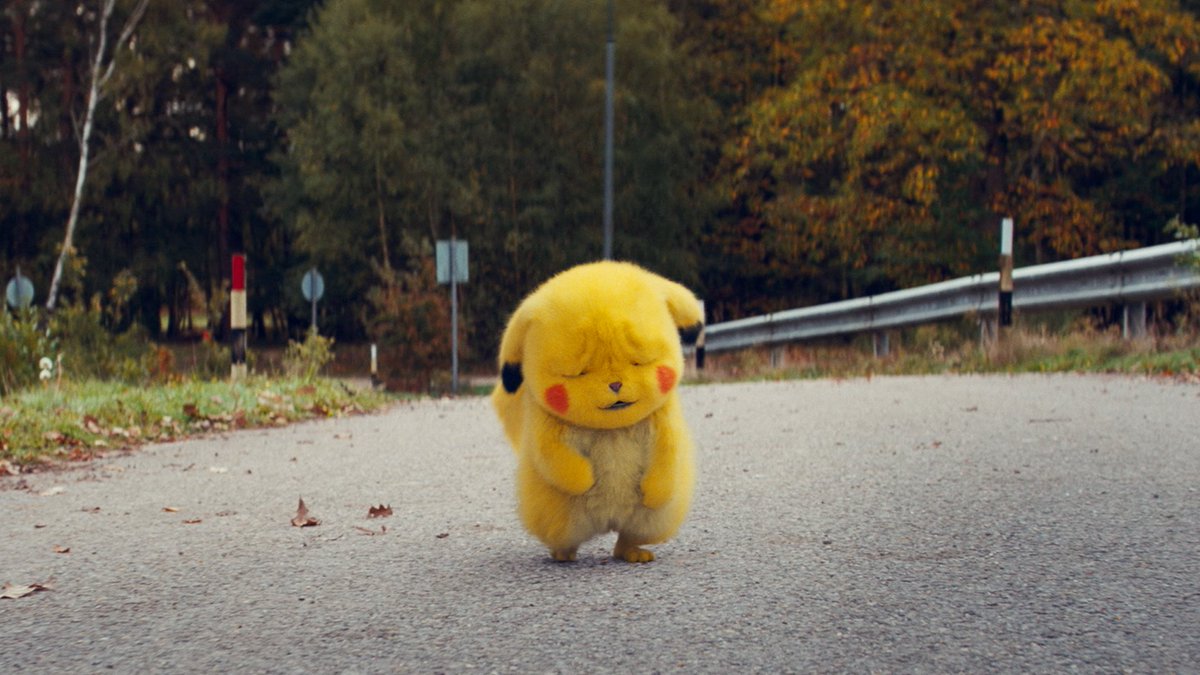HOW TO MAKE PIKACHU HAPPY!
Learning is the act of acquiring new or modifying and reinforcing existing knowledge, behaviors, skills, values, or preferences which may lead to a potential change in synthesizing information, depth of the knowledge, attitude or behavior relative to the type and range of experience.
The ability to learn is possessed by humans, animals, plants and some machines. Progress over time tends to follow a learning curve.
Learning does not happen all at once, but it builds upon and is shaped by previous knowledge. To that end, learning may be viewed as a process, rather than a collection of factual and procedural knowledge. Learning produces changes in the organism and the changes produced are relatively permanent.
Types
Non-associative learning
Non-associative learning refers to “a relatively permanent change in the strength of response to a single stimulus due to repeated exposure to that stimulus. Changes due to such factors as sensory adaptation, fatigue, or injury do not qualify as non-associative learning
Active learning
Active learning occurs when a person takes control of his/her learning experience. Since understanding information is the key aspect of learning, it is important for learners to recognize what they understand and what they do not. By doing so, they can monitor their own mastery of subjects.

Active learning encourages learners to have an internal dialogue in which they verbalize understandings. This and other meta-cognitive strategies can be taught to a child over time.
Studies within metacognition have proven the value in active learning, claiming that the learning is usually at a stronger level as a result. In addition, learners have more incentive to learn when they have control over not only how they learn but also what they learn.
Active learning is a key characteristic of student-centered learning. Conversely, passive learning and direct instruction are characteristics of teacher-centered learning (or traditional education).
Source: Wikipedia
Image Credits: Pixabay